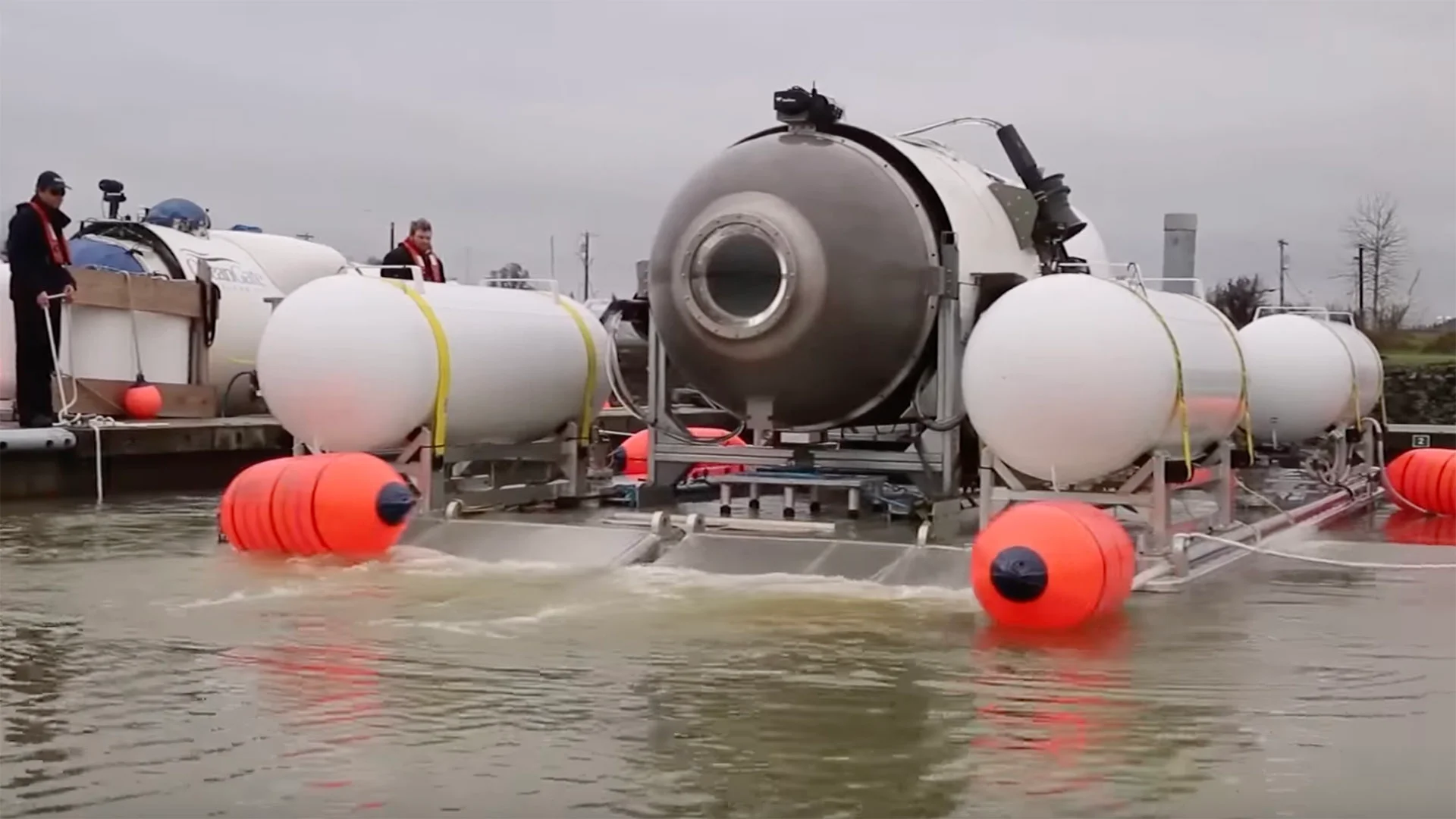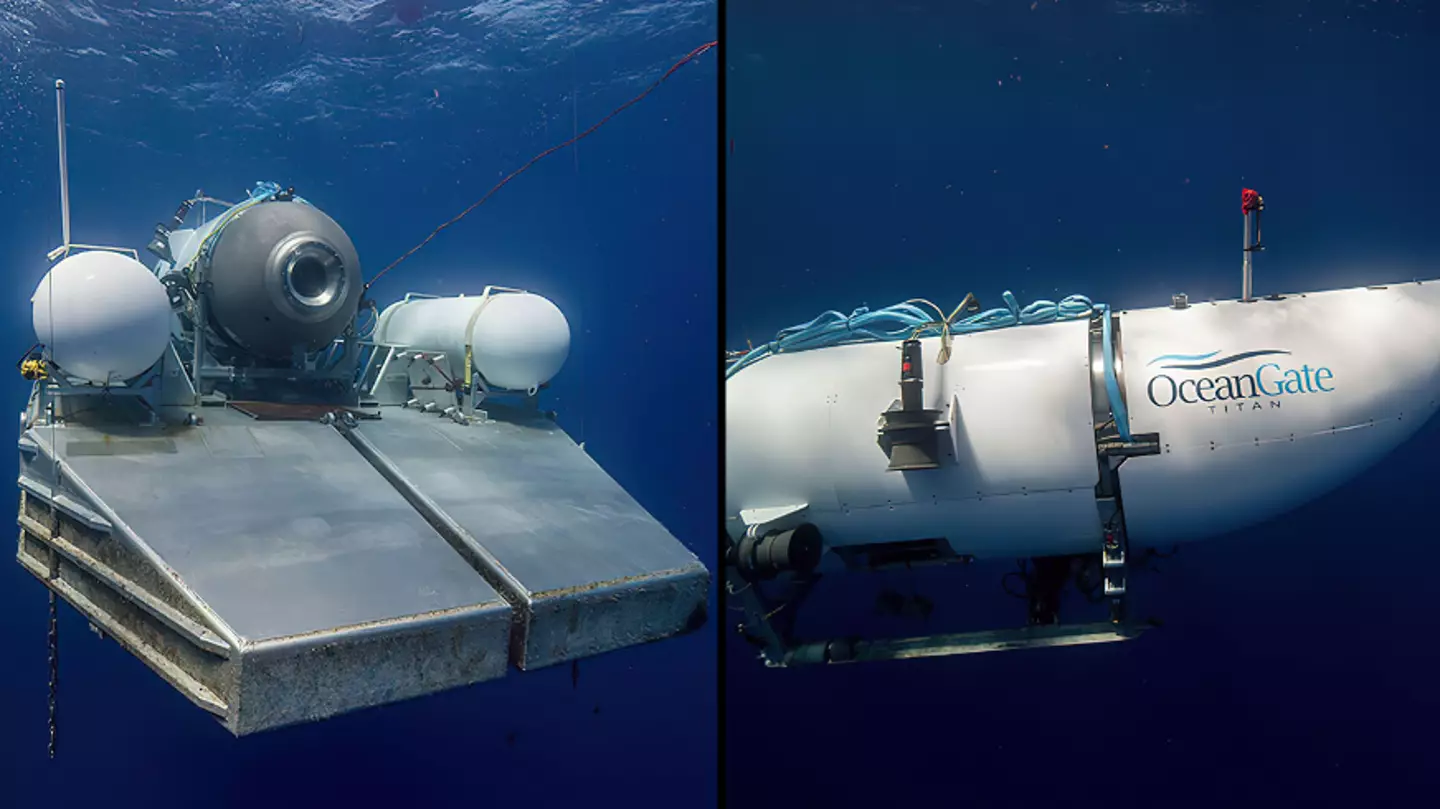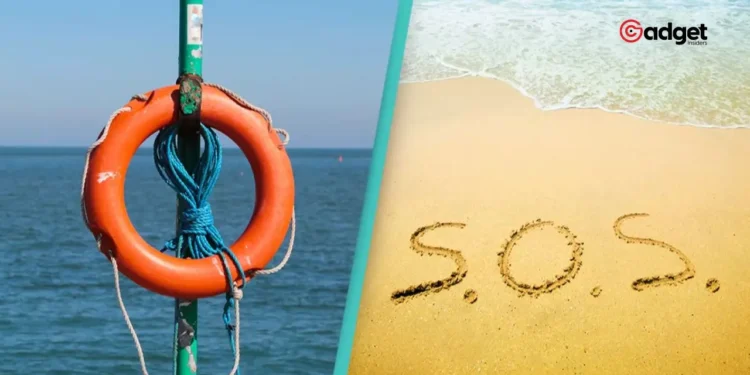On a seemingly ordinary June day, the submersible vessel Titan embarked on an extraordinary journey—an exploration mission to the Titanic wreck, captivating history and adventure enthusiasts alike. Operated by the U.S.-based company OceanGate, Titan is not just any submersible; it is a gateway to the past, offering a glimpse of the Titanic’s resting place deep in the North Atlantic.
For a hefty sum of $250,000, adventurers can secure a seat on this eight-day voyage, launching from a spot roughly 350 miles off the coast of Newfoundland, Canada. The voyage took an unexpected turn when Titan, carrying five individuals including OceanGate CEO Stockton Rush, lost communication with its mothership just shy of two hours into the descent—close to its destination but far from safety.
The passengers, among them British-Pakistani businessman Shahzada Dawood, his son Suleman, French naval veteran Paul-Henri Nargeolet, and British billionaire pilot Hamish Harding, are now at the center of a gripping oceanic drama.

A Unified Response to a Dire Situation
As the news broke, a flurry of rescue efforts ensued, led by Rear Admiral John Mauger of the US Coast Guard. The search area, described as vast as Connecticut, became the focus of intense aerial and naval activity. Canadian aircraft detected underwater noises, sparking hope, yet the mystery deepened with each passing hour without definitive signs of the vessel.
Mauger, spearheading the operations, emphasized the urgency and breadth of the response. “As long as there’s an opportunity for survival we will continue to work with this broad unified command to bring every resource to bear on the search,” he stated, underlining the commitment to the mission.
The operation involves a multitude of assets, including the deployment of the Polar Prince, the vessel from which Titan was launched, and other Canadian ships equipped with advanced sonar technology.

Titanic: The Challenges of Deep Sea Rescue
The search for Titan is not just a race against time; it is a battle against the crushing pressures of the deep sea. Located potentially 12,500 feet below the surface, the submersible is in a region where the water pressure is immense and visibility nearly non-existent.
The rescue teams are employing top-tier technology, including long-range reconnaissance aircraft and sonar ships, to penetrate the ocean’s depths.
Highlighting the technical difficulties, Mauger explained, “The sonar devices are capable of listening to a depth of 13,000 feet, but the presence of Titanic wreckage in the area may hinder identification.” The search strategy also includes the French underwater vehicle, Victor 6000, designed to dive up to about 13,100 feet and capable of removing obstacles that could prevent Titan from resurfacing.

The Ticking Clock of Survival
As the operation enters its critical phase, the window for a successful rescue narrows. With an initial 96 hours of oxygen supply estimated aboard the Titan at the time of its disappearance, each moment is precious.
“One of the factors that makes it hard to predict how much oxygen is left is that we do not know the rate of the consumption of oxygen per occupant on the sub,” Mauger noted, highlighting the complexities of the situation.
The world watches and waits, hopeful yet anxious, as the search for Titan continues. The resolve of the international team, the bravery of the individuals involved, and the spirit of human exploration are all being tested in one of the deepest ocean rescue missions in history.
As the search unfolds, the mystery of what happened to Titan and its passengers remains as deep and dark as the waters they ventured to explore.










